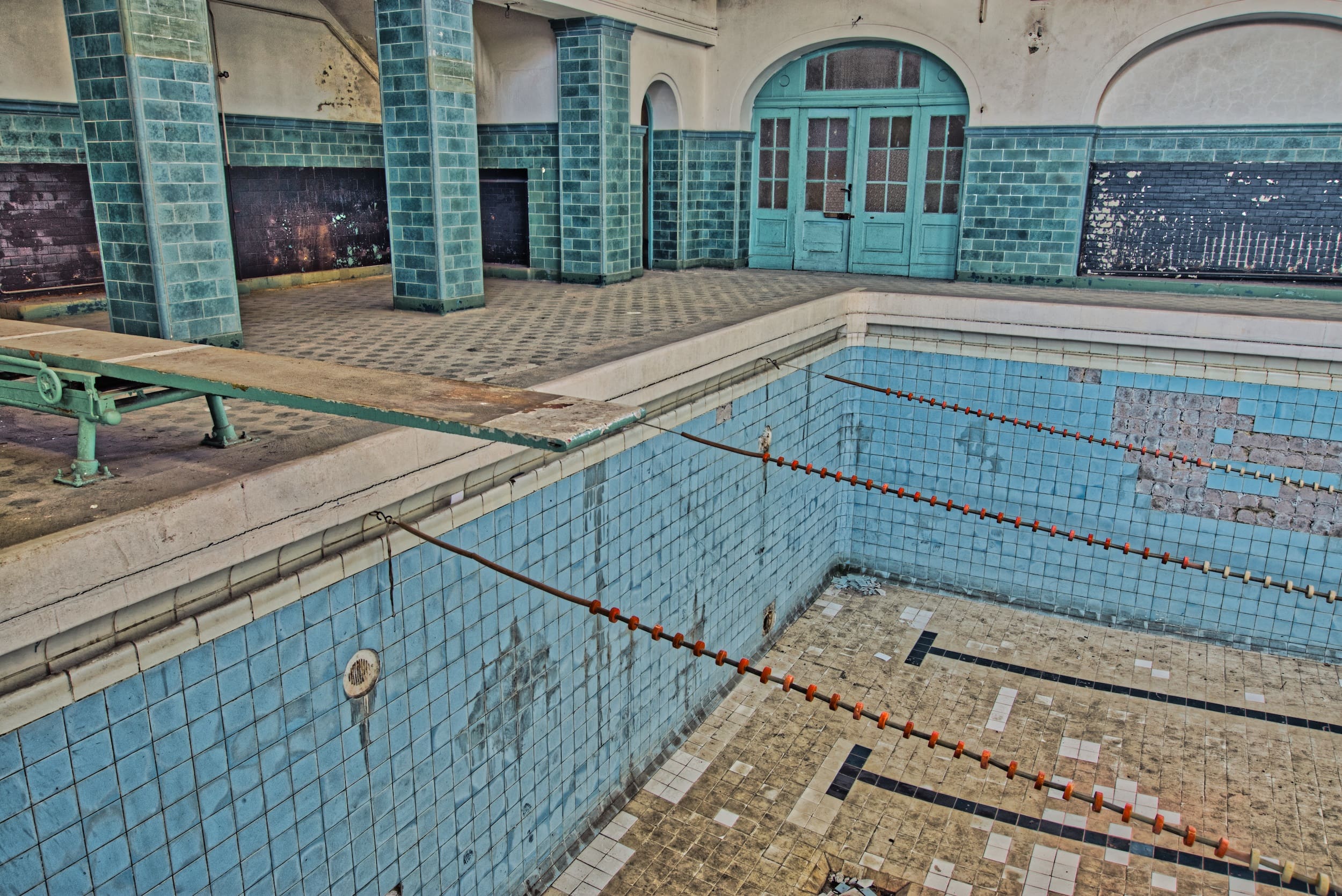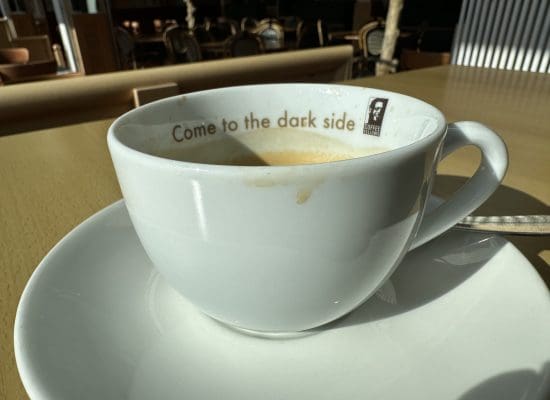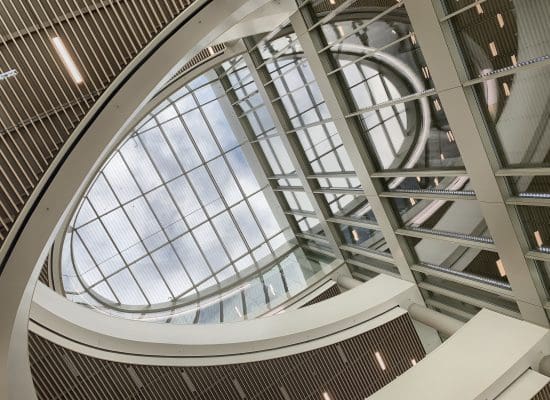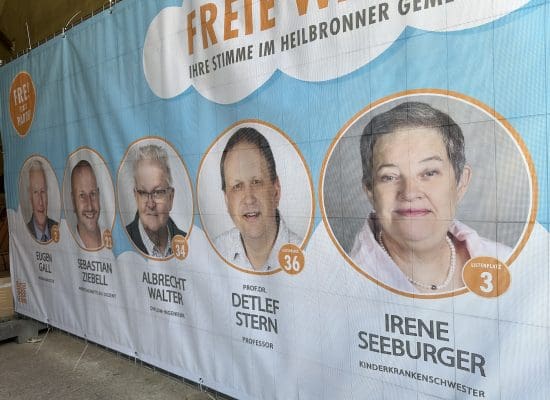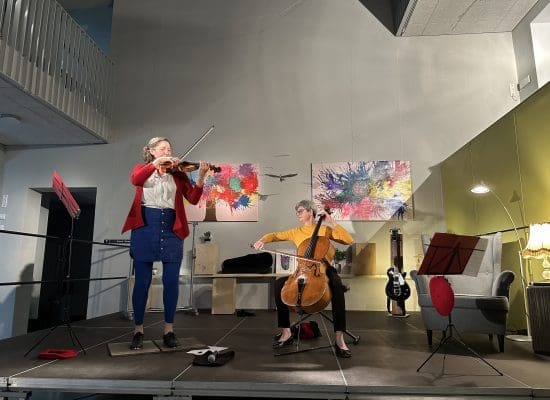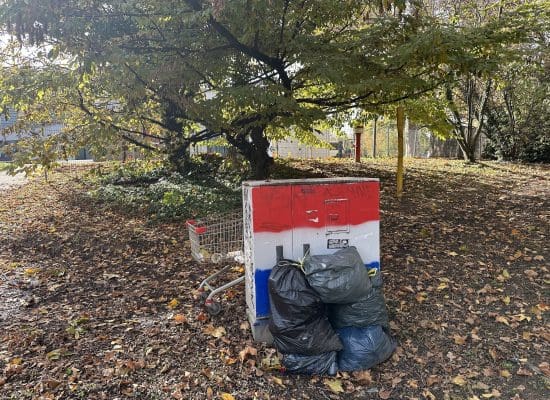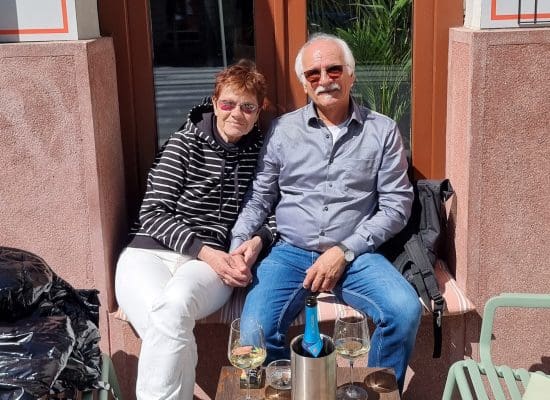Featured photo: Swimming pool | © Armin Forster on Pixabay
Table of Contents
dark doldrums
Thanks to Audi there will be a gas power plant in Heilbronn, at least this is possible in the voice of Heilbronn read. The groundbreaking ceremony for the new power plant took place today. The costs for this alone amount to around 500 million euros. There will also be a hydrogen pipeline added later, but no one knows where it will come from at this point. In any case, a new district heating pipeline will be laid to Neckarsulm.
But that doesn't really make any sense, because the new power plant is only supposed to deliver energy when it's dark - when the wind turbines are at a standstill and no sun is shining - which then "requires energy output that is available at the push of a button" - a total of 710 megawatts.
And with these 710 megawatts of electricity come another 190 megawatts of thermal energy, which are used by the district heating network. This means that, if you follow the arguments of the experts from Land and EnBW, the people of Neckarsulm, including Audi as the main customer, and the northern Heilbronn industrial area will always receive heat when there is no wind or no sun shining.
And so an incredible number of wind turbines and solar systems are being built in Neckarsulm and in the northern Heilbronn industrial area, because the energy to be able to supply 190 megawatts of district heating needs to be produced first.
It is also interesting to know that we previously had 1 megawatts electrically and 000 megawatts thermally (with the old pipe network). In addition to the closure of “Knorr”, Illig and “Südmilch”, further reductions are probably already being planned, because the power lines that would otherwise be increasingly required will definitely not be there yet in 320.
Pool
Since my return to Heilbronn, I have often described the fact that this has been a problem in Heilbronn for a long time here in the blog. In Ulm I was able to switch back and forth between three swimming pools, ensuring that I was able to do my laps every day. This has no longer been possible for me since my return, as Heilbronn has too few lanes for its size and the few that are available are made available to pool beer drinkers, pool pizza eaters or water perfume corpses - true to the motto: “We can do everything but sport”.
In addition, the teaching pool capacity was reduced in these years, so that the whole misery has already been noticed by a few local councilors - which couldn't describe the size and urgency of this Heilbronn deficit much better!
During this time, the “modernization” of the Damm schools also ensured that today's students can not only feel like they have been transported back to the Wilhelmine era, but also that these capacities there, instead of being increased, were further reduced - including two crappy sports halls The more modern one dates back to my elementary school days and the older of the two was considered unsuitable by my grandmother when she was in elementary school.
People are now slowly realizing, at least in the local council, that schools, swimming pools and sports facilities are also needed in Heilbronn - something that a functioning city administration should have known for years!
It would have been better not only to massively expand and modernize the dam schools in recent years, but also to add two modern sports halls and a sports field - the last remaining one was recently sacrificed for the BUGA! — to equip it with a swimming pool.
But perhaps our local councilors will now come up with the idea of, on the one hand, building a small playing field on the younger sports hall of the Dammschulen and, on the other hand, building a swimming and sports hall on the site of the still existing “container village”. And if you were to think a little metropolitan, there would be space for an underground car park underneath and classrooms for another primary school could be built above.
You could also - if you really cared about the students in Heilbronn - set up a school cafeteria in the vacant Fischer high-rise right next to it.
Ball etiquette
Slightly better professions are characterized by the fact that you have to give a lecture on etiquette at least once right at the beginning of your own professional life. You learn two important things, namely that his best-known work “On Dealing with People” (1788) is much more and something completely different than what is still assumed today, and secondly, you “kill” your listeners with all kinds of etiquette guides. can. In the meantime, these obligatory lectures have even become an entire profession that now strives to teach people a little more politeness and “good” manners, or at least to take money out of the pockets of the companies that book these courses.
Nevertheless, it is still an advantage if you know roughly how you will appear there on certain occasions, even if you then decide completely differently. My belief is that - provided you are also representing something yourself - you can never be underdressed or even overdressed, but pure politeness towards your host requires you to dress at least approximately, which is certainly good even for Diogenes would have faced.
And so today I am pleased to be able to point out a website from the dance school Danceorama Bern, which I think is quite successful little ball etiquette published.
And so I would be very happy if the guests at the Europa Ball came in “Black Tie Optional”, or at least “Formal”. The very special thing about the European Ball is that you can come in the respective national costume without any problems - but you shouldn't confuse this with the “marquee uniform” that is common today.
Addendum 24.2.2024
An avid reader of my blog drew my attention to the book “German Folk Costumes – a Collection of German Traditional Costume Pictures”, probably published at the beginning of the last century. A look at the map “Group I Southern Germany” shows that traditional costumes were more at home in mountain villages and enchanted valleys. In the urban regions - Heilbronn is also very prominent as an imperial city - the European dress code had long been common, as was the case in all larger trading and commercial cities. Even Augsburg and Munich were still free of traditional costumes back then!
